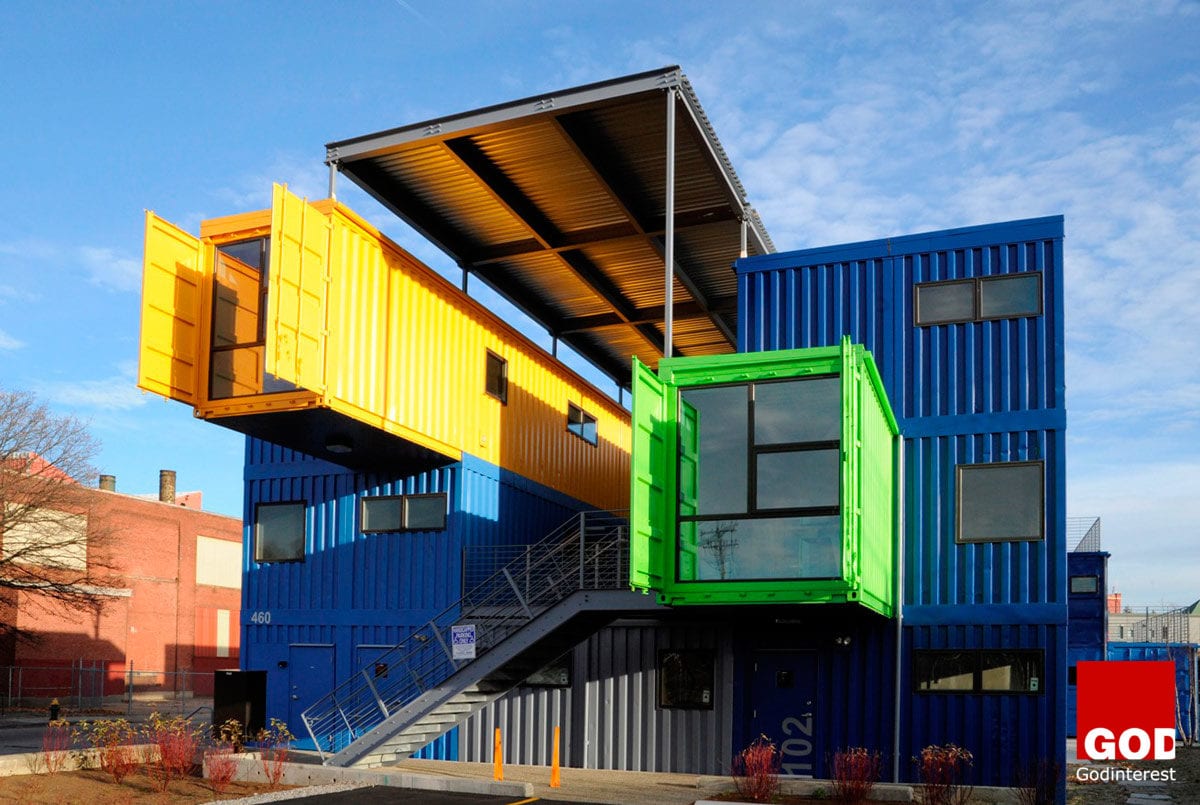1) A Wise Man Said Only Fools Rush In
Companies that goes nuts for agile because they know they have to deliver faster and for less cost to keep up with competitors may be making a big mistake and face a collapse of their efforts.
If they focused first on a deep understanding of their business’ needs, they could more accurately decide if agile is a good fit. A better approach for you to take is analyse your current processes to determine if agile methodologies actually support your goals and needs.
2) Educated Stakeholders Make Excellent Allies
Agile works from a focal point of improving quality delivery and frequency. It does not start with reducing time to market or cutting costs. Those benefits are a result of implementing agile methods over time, after the requisite investment of time and resources has been made.
3) Don’t Do the Project Without at Least One Committed Product “Owner”
A “product owner” is a the committed business leader who will make or break the project. This person will be expected to put at least half of their time into the project. They’ll also be responsible for getting all the decisions made through the right channels in a reasonable period of time. You must have a leader like this to succeed.
4) Gain Consensus on the Definition Of “Finished”
Everybody on-board needs to agree on what constitutes being finished with any stage of implementation. For some, it will mean that by the end of each and every iteration, the production-ready software will be available. This is not always possible, so get out ahead of a potential problem and gain consensus.
5) Build an Exceptional Cross-Functional Team
Cross-functionality is what separates the ineffective agile teams from the high-performance ones. Team members have to be proficient in performing any and all necessary tasks so that they’ll be able to always deliver what the customers need.
Team building requires that you identify the right parties and that you shape them into a functional team by making sure that they share your own true goal of always delivering massive value to product owners.
6) Make the Proper Investment in the Tools That Support Agile
The beginning stages of any agile project will involve you investing in the of the robust frameworks, infrastructure, and process automation tools that fully support agility. This includes a wide range of solutions like continuous build servers, automation testing, video conferencing, interactive chat, and software frameworks. Don’t scrimp on other important details like the solution architecture, either.
7) Retrospectives Need to Be a Main Priority
Inspection and adapting are the keys to agile. Organisations using this methodology use a vehicle called “retrospectives” to ensure these tasks are being performed correctly. A proper retrospective should embrace the qualities of self-improvement and transparency. Any actions that are a result of the retrospective must be given the highest priority. This is especially true of estimations, which are crucial to achieving the kind of team velocity that keeps projects on track.
8) Start the Project with a Solution Architecture
Even though documentation is not always the most glamorous part of any project, you’ll be well served to make sure you understand that documentation is still important to a successful project. Using a solution architecture pays off because it serves a blueprint for the final project that will be delivered by the team. Team members need this document so they understand what will happen if they make changes. Members who are added to the project at later days will use the documentation as a reference point so they can be brought up to speed.
9) Embrace the Fact That Change Is Coming and Plan for It
You can’t make a change without a cost in agile. Change is something you always have to embrace philosophically, but be aware of the costs and the impacts to the project. When you are doing the estimation process, factor in potential changes when applicable.
10) You and Your External Partners Should Have an Agile Relationship
Agile is not always the best fit for traditional vendors. They prefer contracts that use fixed prices and fixed outcomes. When you switch to agile you’ll need to make a point out of understanding the ramifications the changes will have with your vendors. You and they may have to make some changes to keep the relationship running smooth.
Try to build a transparent relationship with all of your external vendors. Risk Reward contracts that employ clearly defined KPIs work amazingly well for agile organisations.







